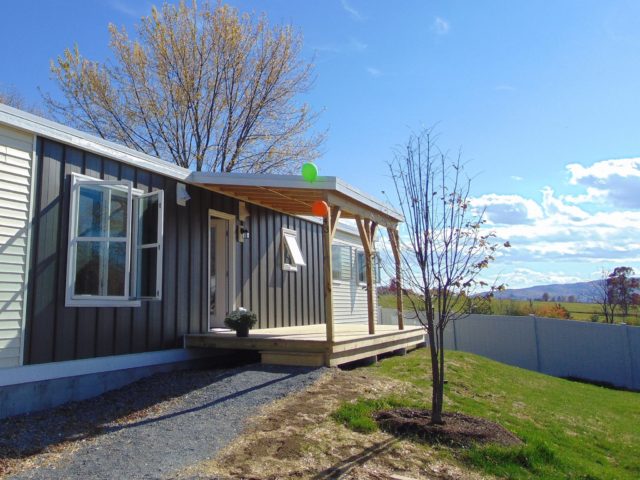Representatives from the California Energy Commission and the California Public Utilities Commission discussed how they are preparing for the 50 percent RPS target and the state of their plans.
This webinar provided an overview of CESA’s new guide for state program managers on providing solar information to consumers. The guide explains why states should provide consumer information on solar, describes the types of information that can be useful, and points out existing educational efforts by states and other entities that provide models and useful resource information.
The McKnight Lane affordable housing project repurposes a defunct mobile home park with the first examples of resilient, zero-energy, modular housing in a rural community. Solar+storage systems at each home provide tenants with backup power and zero energy costs. The all-electric, net-zero homes demonstrate how energy efficiency, solar PV, and battery storage systems together can…
A solar+storage project provides vital resiliency and economic benefits to the town of Sterling, Massachusetts. The system, which is owned by Sterling Municipal Light Department (SMLD), provides emergency backup power to the town’s critical facilities providing first responder services in the event of a grid outage, and provides electricity cost savings to ratepayers. The Sterling…
In this webinar, CESA and its participating state partners discussed the New England Solar Cost-Reduction Partnership’s activities and accomplishments, as well as lessons learned from the project.
In this webinar hosted by Clean Energy Group’s Resilient Power Project, energy experts from PSE Healthy Energy discussed the environmental and health benefits of displacing peaker plants with energy storage and demand response resources.






